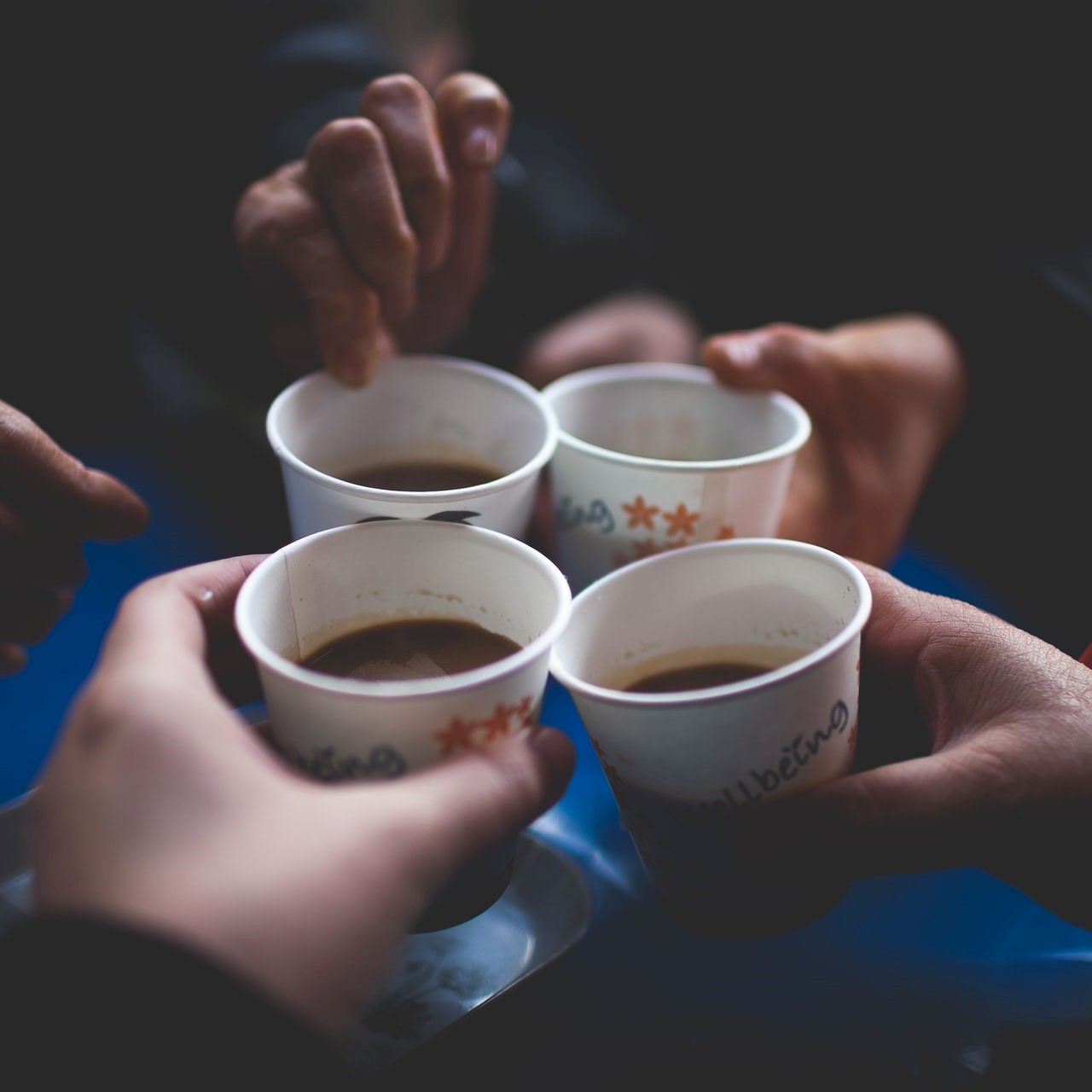
We all hunger-to-belong. And we tend to satisfy our hunger with food. It makes sense then that food is so often used as a vehicle to build community – to foster connections and satisfy our hunger-to-belong.
Like most everyone, I have used food to foster community my entire life. Gathering family and friends at bountiful holiday tables. Providing cupcakes (in bygone days) for classroom celebrations. And attending neighborhood pot-luck barbeques on ordinary summer weekend afternoons.
These were everyday events that I took for granted until they came to a screeching halt. Everyone who has experienced the end of a marriage will appreciate that it involves the loss of community, not simply a partner. Without the continuity of the usual gatherings and celebrations, I began to question where do I belong?
After my divorce, I set out to regain a sense of belonging. And, without realizing it at the time, I put into practice using food to satisfy my hunger-to-belong. Suddenly, food had an exaggerated focus in my life. I sought out new recipes. I began to cook with a vehemence. I created outlets to share the bounty. I was in search of community.
It began with the first post-divorce holiday. Rosh Hashanah, wasn‘t a notable event in my childhood home, but new traditions had been put into place after I married. The celebration of Rosh Hashanah became centered on connectedness and being part of a larger social group. Our immediate family was part of a congregation, which was part of the larger Jewish population, which was part of an even larger social network, etc. The absence of my ‘new traditions’, and the connections that came with them left me wondering where do I belong?
As a New York transplant, my family of origin was not in the Boston area. My Jewish friends were celebrating with their families. Who would be with me to mark the occasion of this first post-divorce holiday? Where was my community?
This was the impetus behind my inaugural annual (semi-)traditional Rosh Hashanah Dinner for my non-Jewish friends. That first year I cooked for a week, smiling the whole time, anticipating the community that would ensue. Eleven years later, this event continues and adapts to the times (such as a pandemic). Some of my non-Jewish friends were strangers to each other at our first dinner. Now, using food as the tool, we are a community. Some years, this event is the only time our paths cross. That is OK. We are connected. We belong.
Of course there are many sizes, shapes and colors of social isolation. This is just one story of one event about using food as a tool to respond to feelings of being isolated. What is your story?


